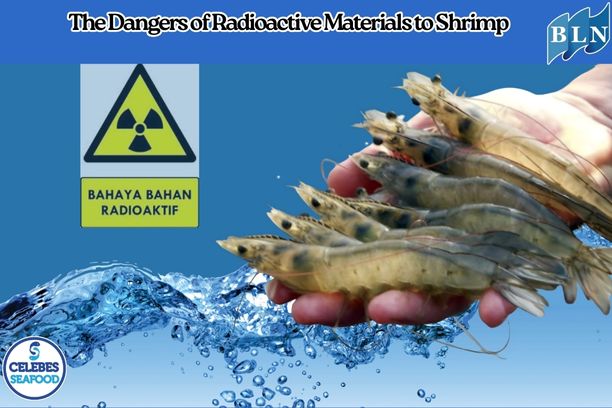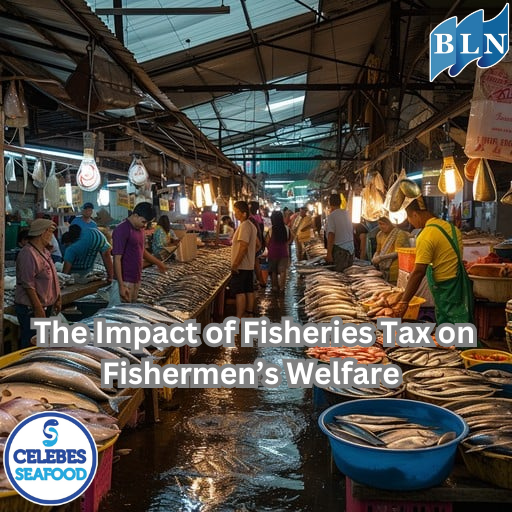The Role of the Mantis Shrimp (Harpiosquilla raphidea) in Coral Reef Ecosystems
By. Tri - 02 Aug 2025 in Coral Reef Ecosystems.jpg)
lautnusantara.com The ronggeng shrimp (Harpiosquilla raphidea) is a species of mantis shrimp with distinctive characteristics and a unique role, both in the ecosystem and on the dinner table. Despite its name, this animal is not actually a true shrimp, but rather a crustacean from the order Stomatopoda. This shrimp is also known as the ronggeng shrimp, ketak shrimp, or centipede shrimp because of its centipede-like shape.
A. Physical Characteristics and Habitat
The ronggeng shrimp can grow to quite large sizes, with an average length of around 22.5 cm and a maximum recorded length of 36.6 cm. Its natural habitat is widespread in the Indo-West Pacific waters, from Japan and Australia westward to the Red Sea and South Africa. This shrimp is generally found in muddy, shallow waters, including estuaries with low salinity.
One of their most striking physical characteristics is their pair of powerful, fast-moving pincers, or "fists," which they use to capture prey. Mantis shrimp are spearers, meaning they use their pincers to stab and impale their prey.
Mantis shrimp, scientifically known as Harpiosquilla raphidea, are a species of mantis shrimp that play a vital role in maintaining the balance of coral reef ecosystems. Although often considered predators, mantis shrimp actually make vital contributions to the health of marine ecosystems, both directly and indirectly.
1. Ecosystem "Engineers": Digging Burrows for Oxygenation
One of the most significant roles of mantis shrimp is their frequent burrowing or openings in the seabed substrate, including in unhealthy coral reef areas. This burrowing activity is not simply a shelter-seeking behavior; it also functions as a natural "aerator." By digging and moving bottom material, mantis shrimp help create new spaces and circulate oxygen into the sediment. This oxygenation process is crucial for preventing anoxic areas on the seabed and maintaining the overall health of coral reefs.
2. Apex Predators Maintaining Population Balance
As predators, ronggeng shrimp play a crucial role in the food chain. These shrimp prey on various other organisms, such as small fish, mollusks, and gastropods. By hunting and controlling prey populations, ronggeng shrimp help prevent the dominance of certain species that could disrupt the ecosystem's balance. Their role as apex predators at the microscopic to mesofauna levels helps ensure the maintenance of biodiversity.
3. Bioindicators of Environmental Health
The presence of ronggeng shrimp in an ecosystem can serve as bioindicators, or indicators of environmental conditions. Ronggeng shrimp living in contaminated waters demonstrates their high adaptability. However, other studies also indicate that the growth and abundance of ronggeng shrimp are strongly influenced by water quality, substrate type, and food availability. By monitoring ronggeng shrimp populations, scientists can gain insights into the general health of a coral reef ecosystem.
Overall, Harpiosquilla raphidea is not only a morphologically and culinaryally interesting marine creature. Its role as an ecosystem "engineer" that maintains substrate oxygenation and as a predator that controls populations makes it an integral component in maintaining the sustainability and health of coral reef ecosystems.
If you are interested in our Coral Trout Fillet Skin On, CORAL TROUT WGG WHOLE GILLED GUTTED, TOMATO COD WHOLE GILLED GUTTED please do not hesitate to contact us through email and/or whatsapp.


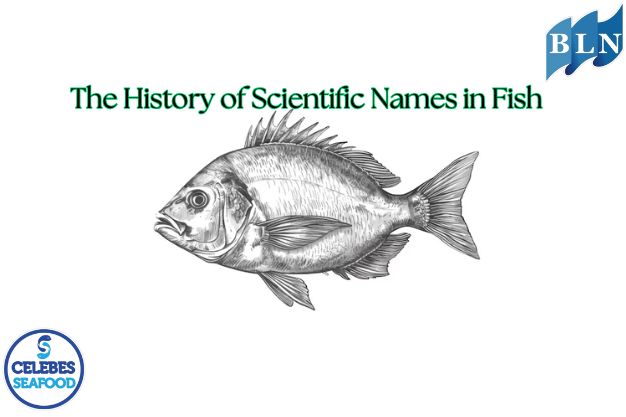
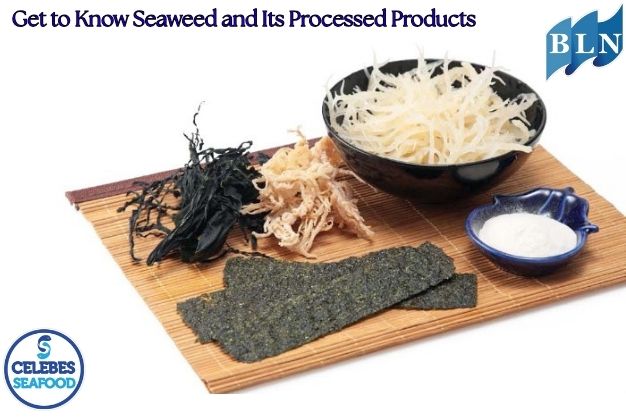
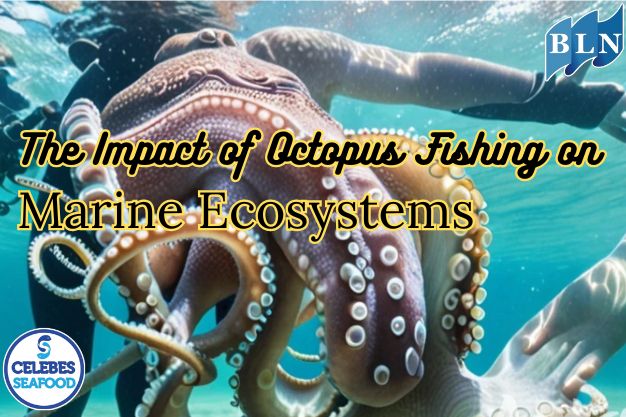
 in Ball Shape (Balltype) for Export.jpg)
.jpg)
